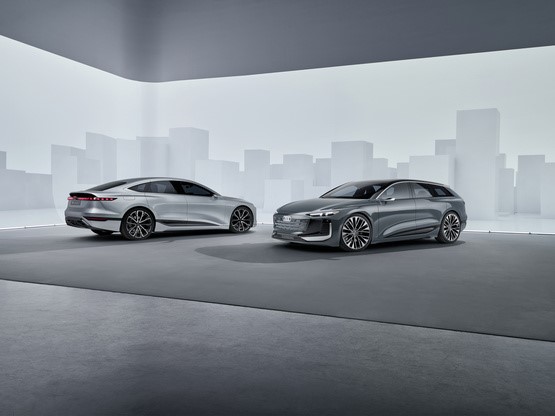As A Result Of The Chip Shortages Lesser Used Brands Are Being Selected As Company Cars
Friday, 27. May 2022
Inconsistent new car supply is persuading fleets to look at different brands to electrify the vehicles they operate sooner rather than later, says FleetCheck.
Peter Golding, managing director at the fleet software specialist says that it has resulted in several manufacturers, which previously had low or non-existent fleet profiles, gaining ground in the corporate market.
“There are a number of factors converging here but probably the strongest is that drivers are very keen to get out of ICE vehicles into EVs with significantly lower benefit in kind rates,” explained Golding.
“However, the availability of EVs in general, especially those with sensible delivery times, is extremely variable and so their real-world choices often consist of manufacturers that have not traditionally had a significant fleet presence and fall outside of existing badge policies.
“Some companies are gaining from this in a noticeable manner. Names such as Tesla, Kia, Hyundai, and even Polestar have not historically figured on company car bestseller charts but are making their way onto fleets in relatively large numbers.”
Golding believes that much of this success is deserved, with the models on offer not just being in good supply but also representing some of the best core company car EVs currently available.
“It’s having a definite and, in some cases, a rapid effect on the badge mix seen on some fleets,” he said.
However, it remains to be seen whether this situation will lead to a long-term change in which these new manufacturers will dominate the fleet market or established carmakers will reassert their presence.
“Some established manufacturers have individual models doing well but among the big players, probably only VW can currently offer a good choice of EV models in the principal sectors of the company car market,” continued Golding.
“This situation will be resolved in the next couple of years as new models are introduced but it will be interesting to see whether there is an ongoing degree of displacement, especially with the predicted entry of a number of highly capable Chinese carmakers into the market in the medium term adding to the potential for disruption.” By Graham Hill thanks to Fleet News























